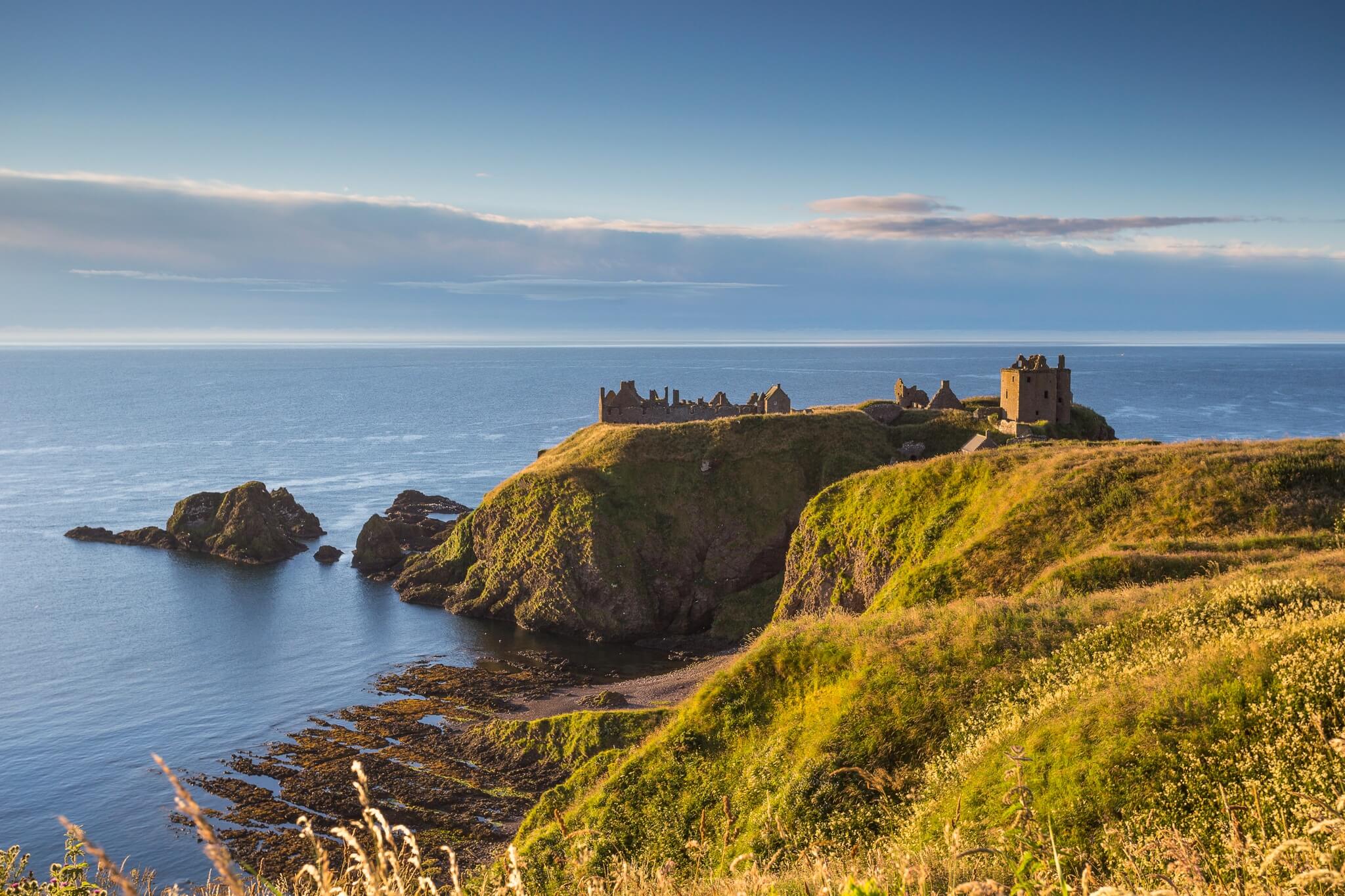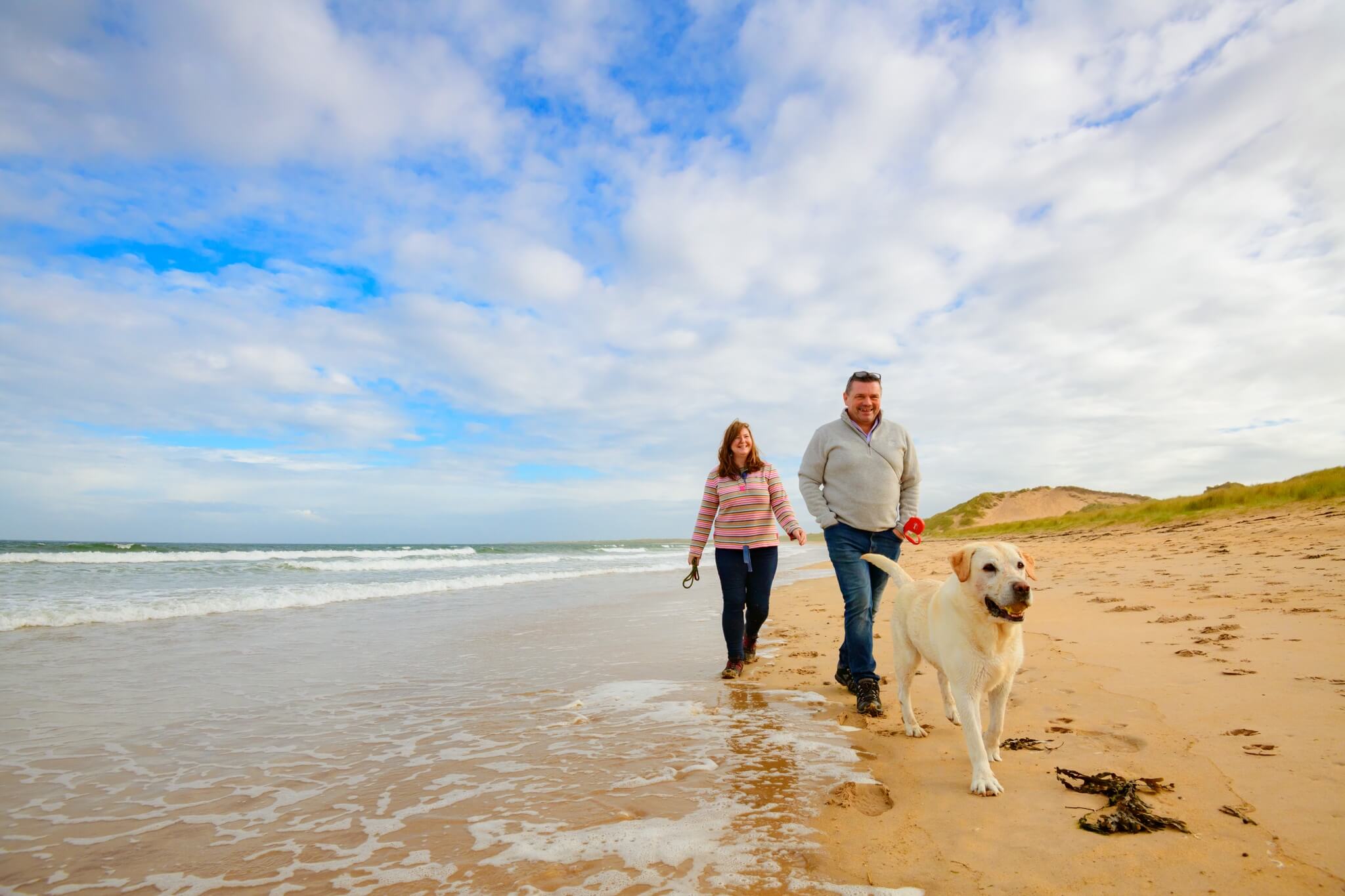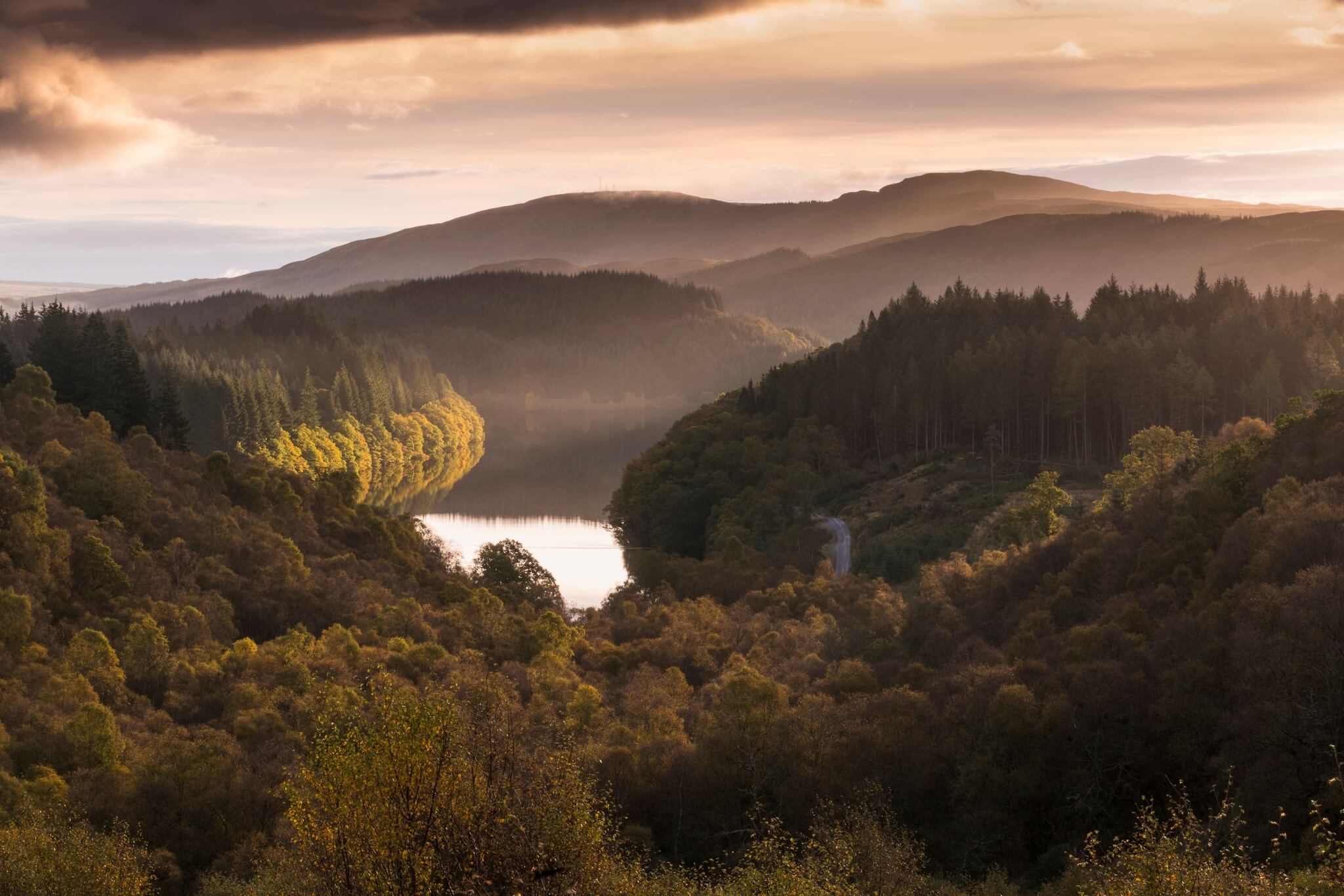Dunnottar Castle
© VisitScotland / Kenny Lam
- Home
- Places to go
- Aberdeen & Aberdeenshire
Aberdeenshire
Located on the north-east coast of Scotland, Aberdeenshire is the area around Aberdeen city. It stretches from the Banffshire coast in the north all the way around to St Cyrus National Nature Reserve in the east, featuring beautiful coastlines, pretty seaside towns, rugged cliffs and sandy bays. It also has some incredible mountains and farmland as it runs towards the Cairngorms National Park.
Find experiences
JavaScript needs to be enabled to see this product search form. You can turn this on in your browser settings.
Things to do in Aberdeenshire
Aberdeenshire has some great activities and attractions including castles, walks, mountain biking and more.
Sorry, something's gone wrong. We can't display this content at the moment.
JavaScript needs to be enabled to watch this video. You can turn this on in your browser settings.
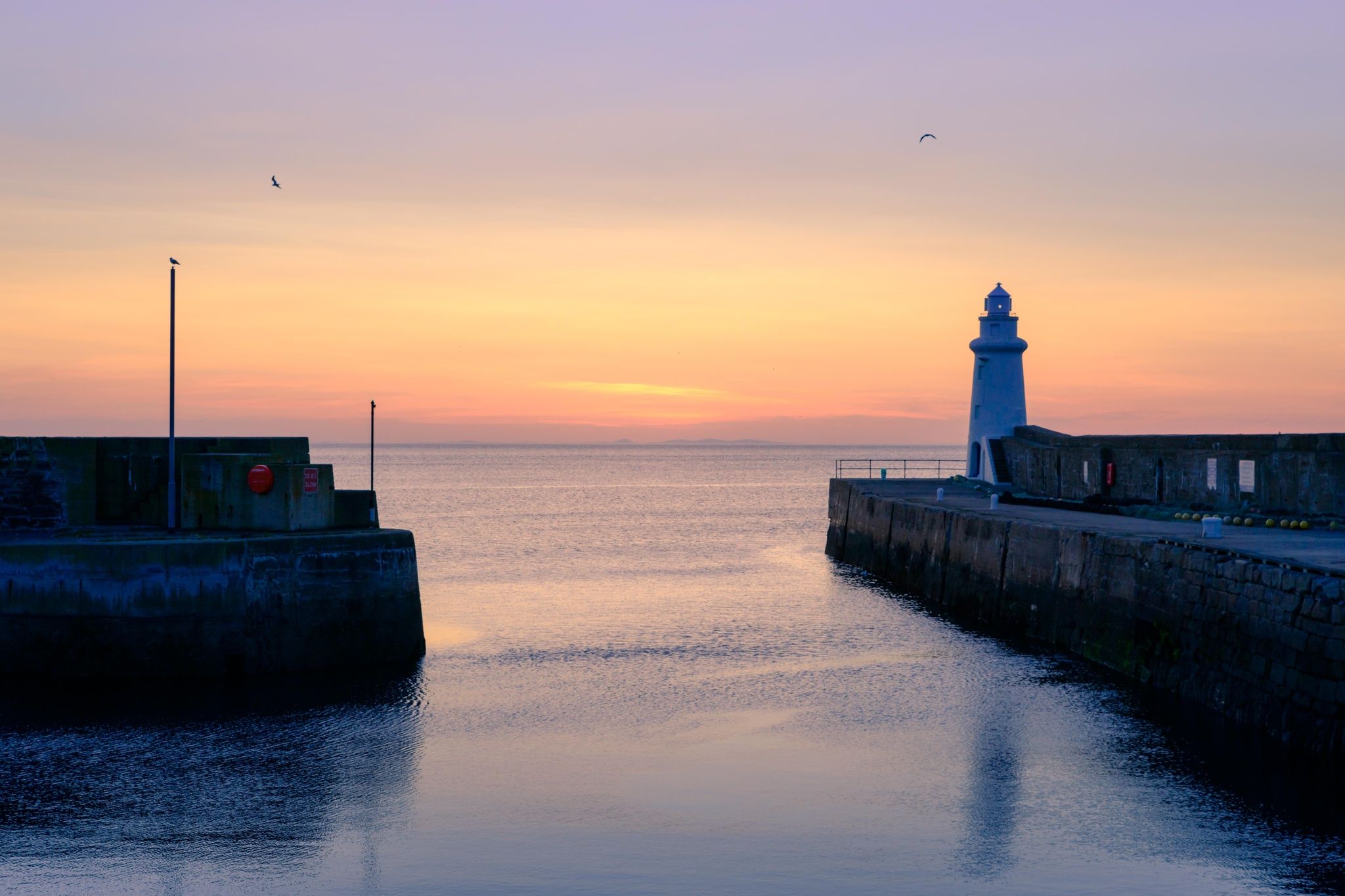
Sorry, something's gone wrong. We can't display this content at the moment.
JavaScript needs to be enabled to watch this video. You can turn this on in your browser settings.
3Days
Car
3 days in Aberdeenshire itinerary
Discover amazing things to do in Aberdeenshire.
Sorry, something's gone wrong. We can't display this content at the moment.
JavaScript needs to be enabled to watch this video. You can turn this on in your browser settings.
Sorry, something's gone wrong. We can't display this content at the moment.
JavaScript needs to be enabled to watch this video. You can turn this on in your browser settings.
Great outdoors
From scaling the heights of Ben Macdui to paddle-boarding off the coast or an e-bike ride in the valley, you’re spoiled for choice in Aberdeenshire.
Sorry, something's gone wrong. We can't display this content at the moment.
JavaScript needs to be enabled to watch this video. You can turn this on in your browser settings.
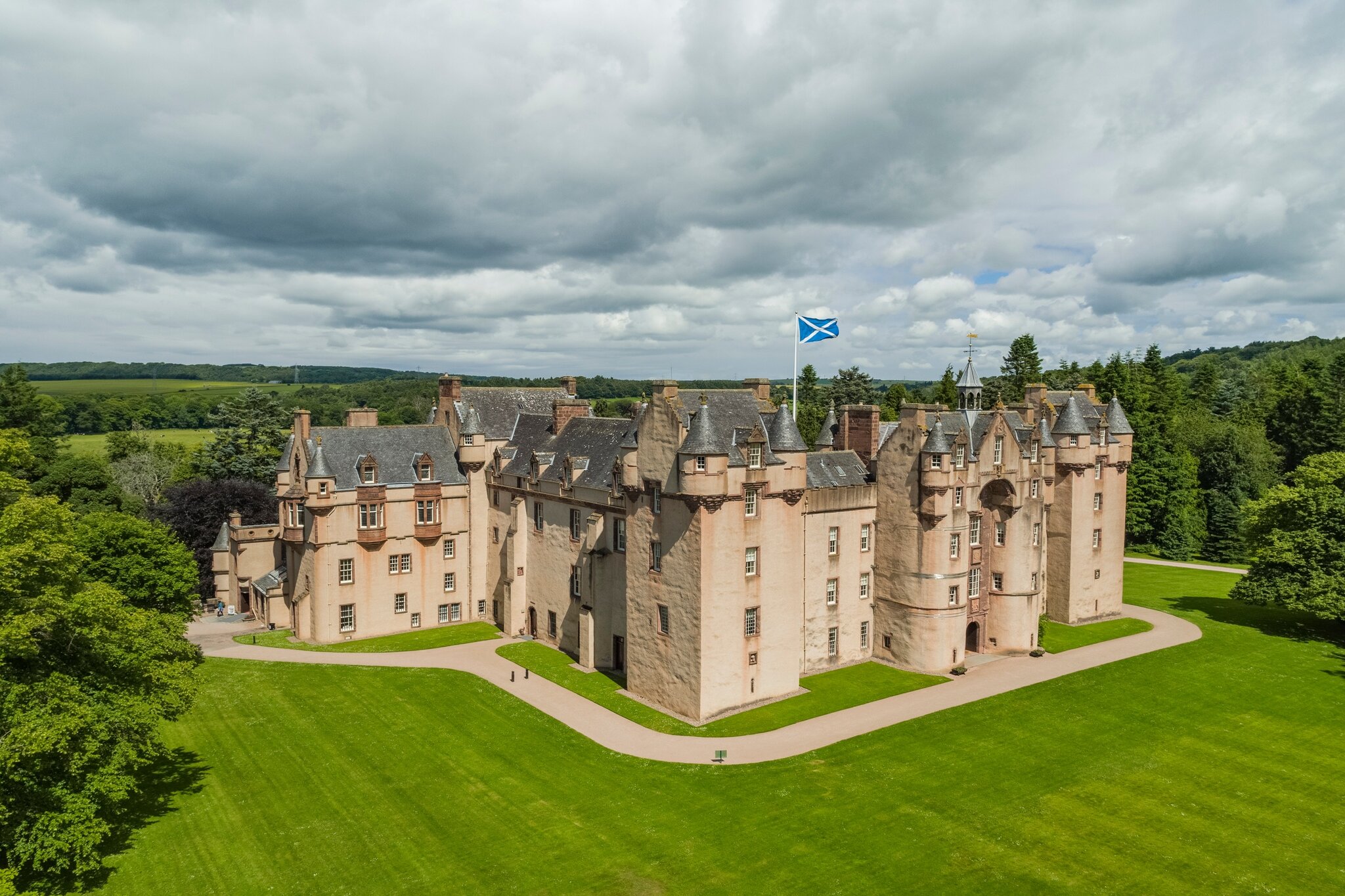
Sorry, something's gone wrong. We can't display this content at the moment.
JavaScript needs to be enabled to watch this video. You can turn this on in your browser settings.
History & Heritage
Find ancient sites and symbols, mysterious standing stones, towering granite walls and legendary castles in Aberdeenshire.
Sorry, something's gone wrong. We can't display this content at the moment.
JavaScript needs to be enabled to watch this video. You can turn this on in your browser settings.
Sorry, something's gone wrong. We can't display this content at the moment.
JavaScript needs to be enabled to watch this video. You can turn this on in your browser settings.
Adventure activities
From mountain bike trails and Munro Bagging, to paddleboarding and skiing, find your outdoor adventure in Aberdeenshire.
Inspiration for Aberdeenshire breaks
Glen Dye Cabins and Cottages
© VisitScotland / Luigi Di Pasquale
Places to stay
Enjoy a self-catering break out in the countryside, or book a B&B by the coast. Search for unusual accommodation such as a courtyard cottage or bothy, or relax in a 5-star hotel amongst the trees.
The Watchers at Corgarff
© VisitScotland / Kenny Lam
Tours, Routes & Trails
Hire an electric car for a slow road trip of Aberdeenshire, taking in the castles, distilleries and Royal attractions. Or book a tour to uncover the wildlife and incredible scenery.
Slains Castle
© VisitAberdeenshire
What is Aberdeenshire known for?
Aberdeenshire boasts no fewer than 300 castles, ruins and stately homes, more than 50 classic, unspoilt golf courses, and a large number of whisky distilleries.
You'll also hear the dialect of Doric while in this area - learn some words and phrases before you go.
Unique Experiences
Aberdeenshire hosts one of the most famous Highland games in the world. It's also home to part of the UK’s largest National Park and one of the best places to spot dolphins.
Sorry, something's gone wrong. We can't display this content at the moment.
JavaScript needs to be enabled to watch this video. You can turn this on in your browser settings.

Sorry, something's gone wrong. We can't display this content at the moment.
JavaScript needs to be enabled to watch this video. You can turn this on in your browser settings.
Braemar Gathering
Don't miss the Braemar Gathering, one of the most famous games in the world and is attended each year by members of the Royal family.
Sorry, something's gone wrong. We can't display this content at the moment.
JavaScript needs to be enabled to watch this video. You can turn this on in your browser settings.
Sorry, something's gone wrong. We can't display this content at the moment.
JavaScript needs to be enabled to watch this video. You can turn this on in your browser settings.
Cairngorms National Park
The Cairngorms National Park has more mountains, forests, rivers, lochs, wildlife, friendly villages and distilleries than you can possibly imagine.
Sorry, something's gone wrong. We can't display this content at the moment.
JavaScript needs to be enabled to watch this video. You can turn this on in your browser settings.
Sorry, something's gone wrong. We can't display this content at the moment.
JavaScript needs to be enabled to watch this video. You can turn this on in your browser settings.
Spotting wildlife in Aberdeenshire
Aberdeenshire creates the perfect spot for catching a glimpse of wildlife in its natural habitat.
Map of Aberdeenshire
Explore Aberdeenshire
Get friendly and helpful advice for your trip at our iCentres.
Loading
Javascript is needed to show this map.
Javascript is needed to show this map.
How to travel to and around Aberdeenshire
Aberdeenshire is easily accessible by car, train, bus and plane so you'll be able to get here no matter where you are travelling from, and while you here it's easy to travel around.
Getting to
Bus and coach
The city of Aberdeen is the main travel hub for Aberdeenshire. There are many frequent and affordable bus services that travel from various main cities to Aberdeen daily.
Train
Aberdeen’s railway station, right in the heart of the city, has frequent fast and reliable services to and from major cities.
LNER trains run along the east coast from cities such as Edinburgh, York, Newcastle and London.
Scotrail provides an express rail service direct to Aberdeen from many major cities.
Aberdeen can also be reached overnight from London on the Caledonian Sleeper.
Driving
There are many car hire companies operatiing in Aberdeen.
Flying
Fly into Aberdeen International Airport from a number of destinations.
The region is well connected globally with daily flights to major airports including London Heathrow, Paris and Amsterdam. The international airport also has many direct routes to most UK cities as well as many key European destinations.
Or fly to one of Scotland's other airports and journey up to Aberdeen by bus, or train.
Getting around
Cycling
You can hire bikes at various locations across Aberdeenshire:
Bus and coach
First Group operate regular buses across the city of Aberdeen while Stagecoach Bluebird's buses link the towns and villages in Aberdeenshire.
GrassHOPPER passes let you hop on and off within a certain zone. Find out more on GrassHOPPER ticket prices and how to use them.
Vehicle hire
There are several car hire companies operating in Aberdeenshire.
Tours
Want to relax and let someone else drive?
Book a tour and hear from a knowledgeable local tour guide as they highlight points of interest, stop off at the best hidden gems and visit the iconic landmarks you’ve heard all about.
Taxi
There are several taxi companies operating in Aberdeenshire.
What's on in Aberdeenshire
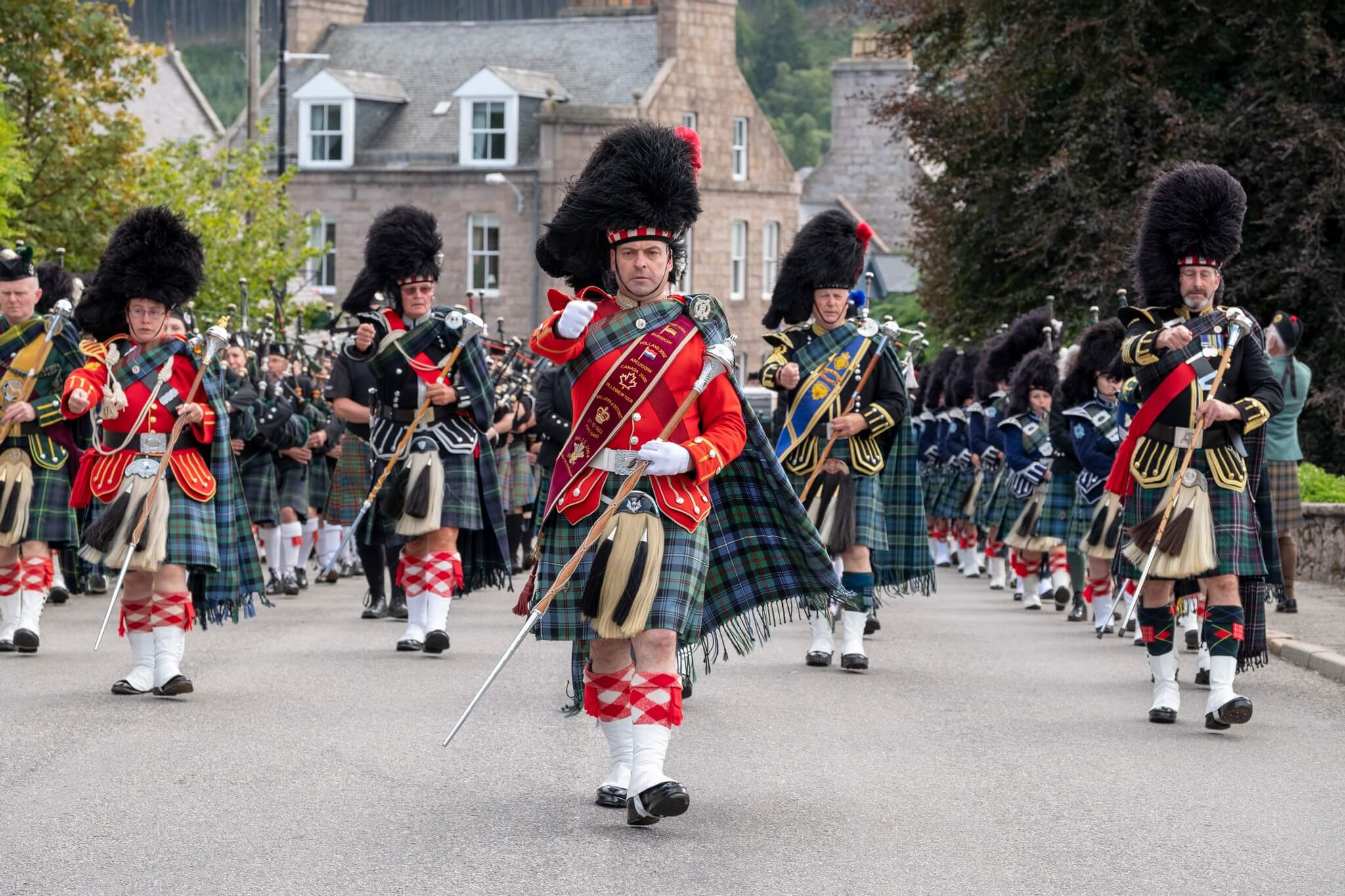
Pipe band marching at Ballater Highland Games
© VisitScotland / David N Anderson
Events
From amazing musical shows and spectacular festivals to fascinating exhibitions and virtual readings, there is always lots of things to do in Aberdeenshire.
Places to eat in Aberdeenshire
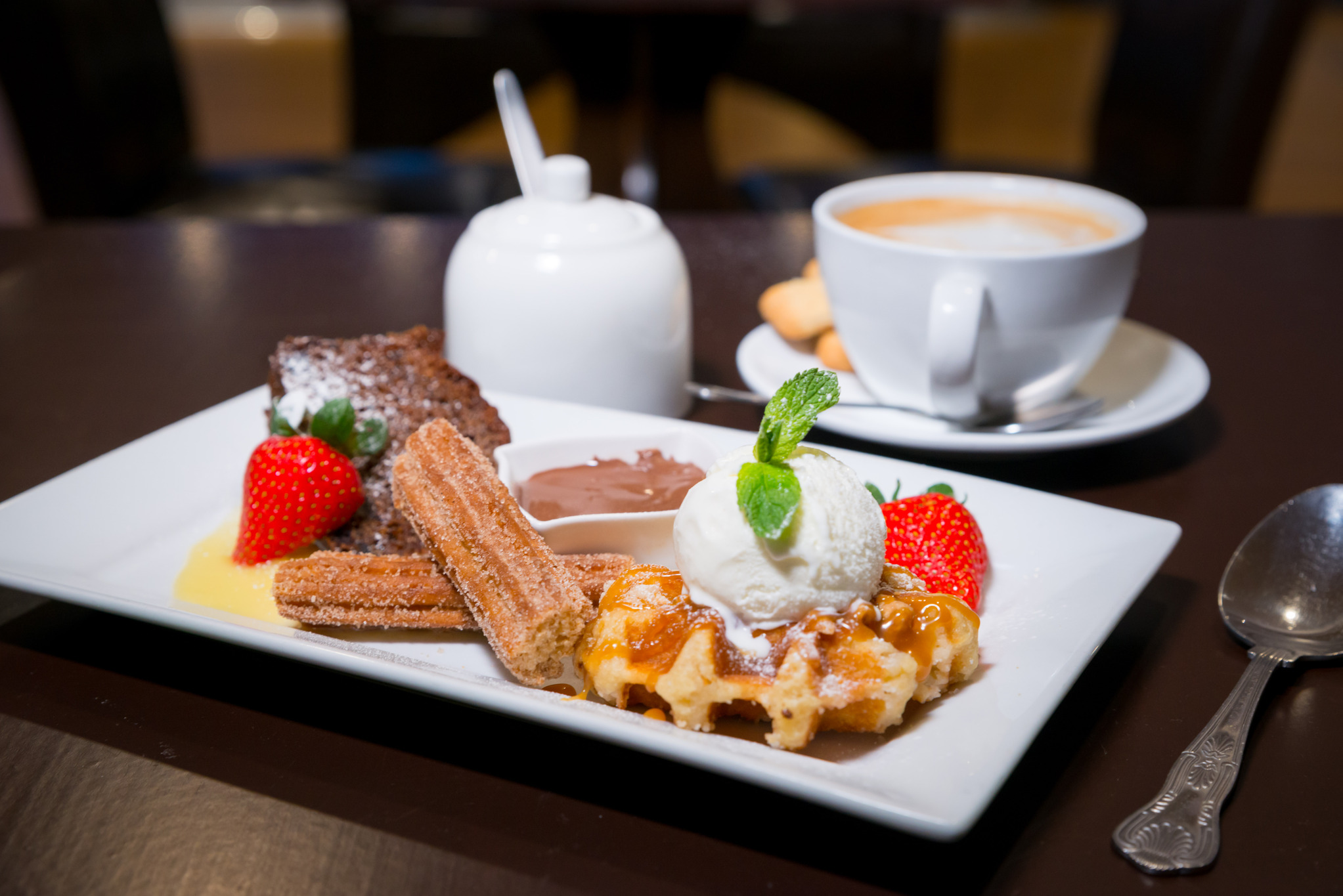
The Davron Hotel
© Discover Fraserburgh / Damian Shields
Food & Drink
Enjoy local food and drink experiences in Aberdeenshire, including Aberdeen Angus Beef, fresh seafood, famous whisky and more.
A tip from your local expert
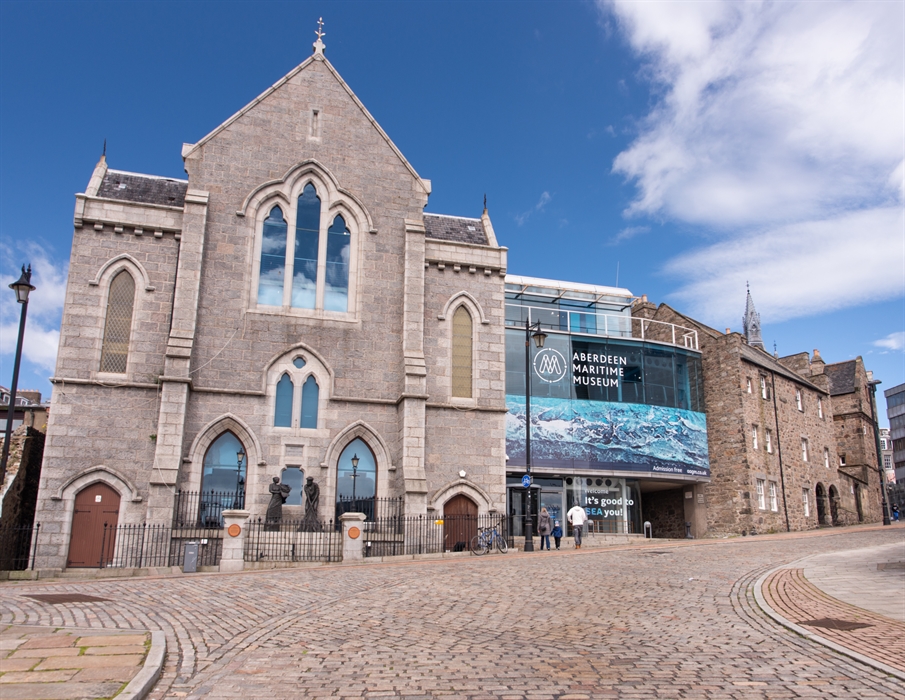
Aberdeen Maritime Museum exterior photograph
Aberdeen Maritime Museum is a fascinating, fully accessible museum charting Aberdeen's rich maritime heritage. From the earliest trading days, fishing and shipbuilding to the discovery of North Sea oil and gas and into the realm of global energy - there's so much to discover!
Ryan
Assistant iCentre Manager, Aberdeen
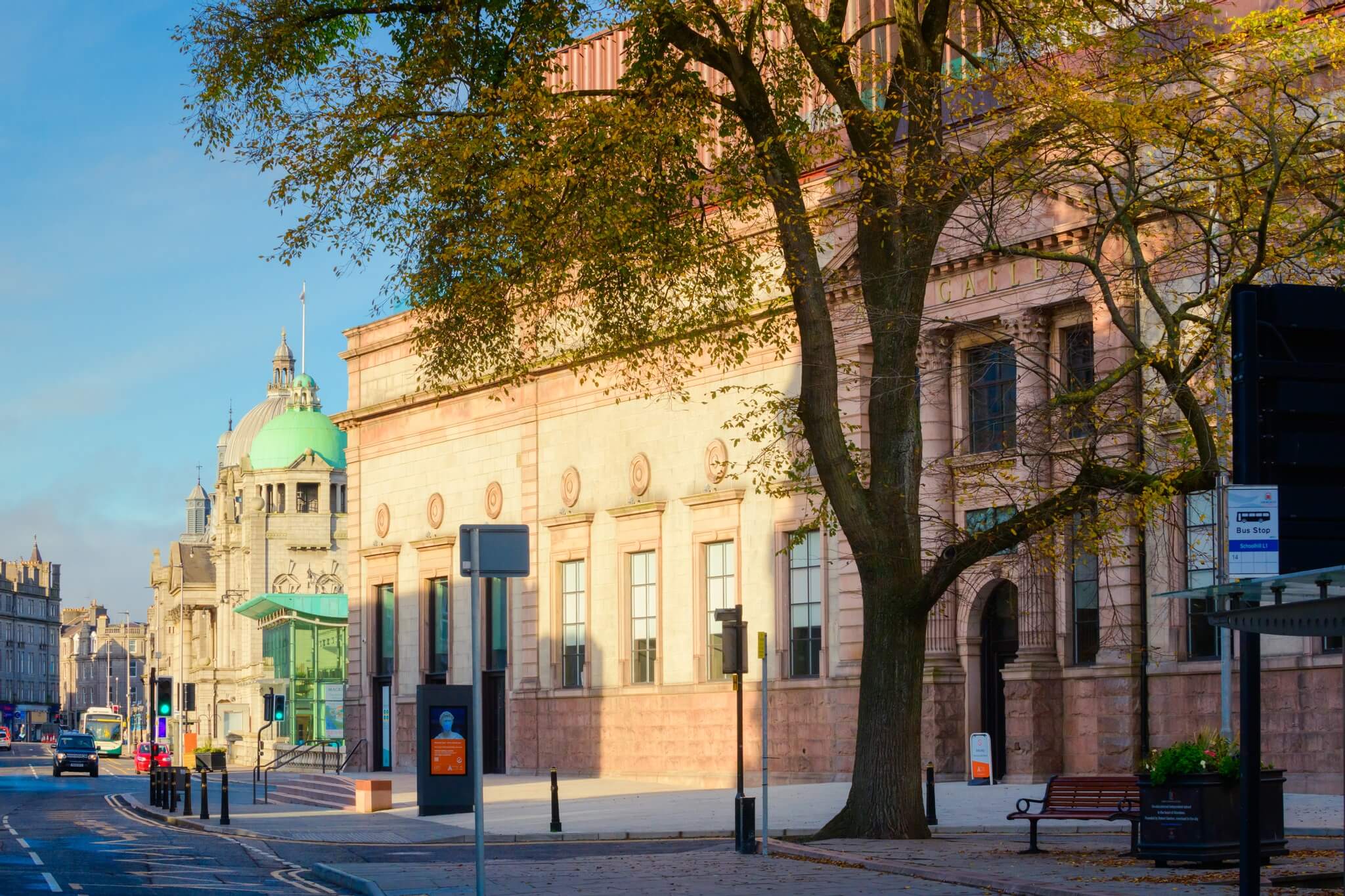
Aberdeen Art Gallery and War Memorial, Aberdeen
© Visit Aberdeenshire / Damian Shields
Accessible Holidays in Aberdeenshire
Aberdeenshire offer a wide range of accessible holidays with wheelchair-friendly accommodation, attractions and facilities. We’ve teamed up with AccessAble to create a handy accessible guide to help plan your holiday to Scotland, so it’s easy to check if it suits your needs.
